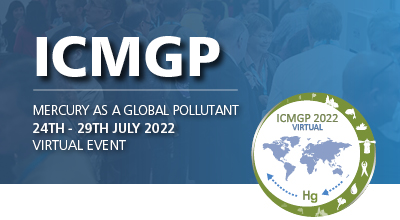| Abstract Title: | An Examination of the Factors Influencing the Bioaccumulation of Methylmercury at the Base of the Estuarine Food Web |
| Presenter Name: | Robert Mason |
| Company/Institution: | University of Connecticut |
| Session: | Mercury in Marine Ecosystems |
| Co-Authors: | Robert Mason,Kate Buckman,Emily Seelen,Vivien Taylor,Celia Chen |
Abstract Information :
Human exposure to methylmercury (MeHg) is an important health concern. For many people, MeHg exposure is from consumption of estuarine and coastal seafood. However, factors controlling the bioaccumulation of MeHg in estuarine food chains are not well constrained as human impacts, productivity, dissolved organic carbon (DOC), and others influence the uptake of MeHg by phytoplankton and its trophic transfer to primary consumers. In estuarine environments, forage fish are an important conduit for MeHg transfer from sediments and water into the food chain. Our prior studies of northeast USA estuaries showed that there is not a direct link between sediment and fish MeHg concentration for these locations, which range from impacted sites (sediment MeHg ó 63 ng/g) to relatively remote locations with sediment MeHg below1 ng/g. To better understand what drives forage fish MeHg concentrations, we developed a model for two ubiquitous forage fish in the region, Fundulus heteroclitus and mummichog, focusing on the importance of phytoplankton size, DOC, and other phytoplankton MeHg uptake parameters, as well as the role of bioenergetics and environmental factors, including food quality, on fish MeHg content. Additionally, we modified existing phytoplankton models to predict MeHg uptake based on the thiol content of DOC rather than total DOC and used size fractionated seston data to constrain the model predictions. For uptake into phytoplankton, the thiol content of DOC was the most important controlling variable, as suggested by other studies. For fish, diet was an important driver of MeHg concentration. At contaminated locations, benthic prey were major contributors of dietary MeHg. In contrast, at low MeHg sites, MeHg accumulation from pelagic sources was more important. Overall, this study enhances understanding of MeHg bioaccumulation in estuarine environments.



